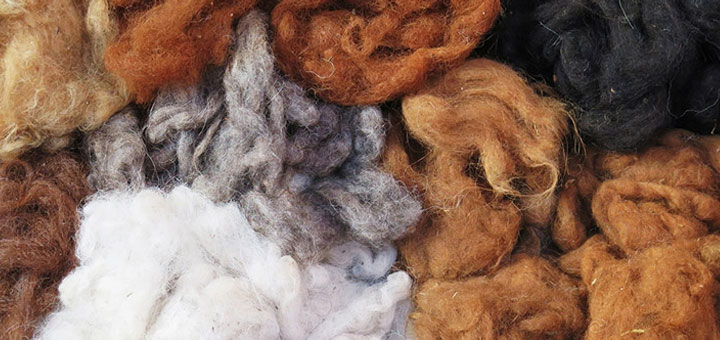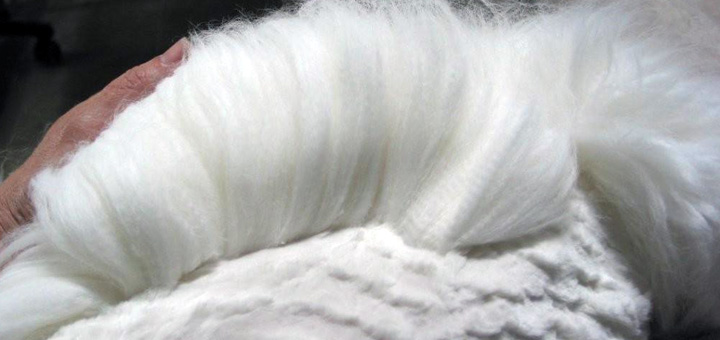For quite some time, alpaca wool has been one of the most demanded and required wool for clothing choices. Its benefits are really well known, and the market’s demand has risen over the past few years. Therefore, many alpaca wool shawls, throws, and blankets are sold in stores.
Alpacas are animals that live in the mountain regions, exposed to different kinds of weather and temperature conditions. Their fur has adapted to such conditions and has become a wonderful option for both winter and summer clothes. Alpaca is often compared to many other types of wool that are available on the market, and it almost comes on top of them all.
One such wool that is in close competition with the alpaca wool is angora wool. Angora wool is known to be softer than cashmere. It is also one of the most sought-after materials for soft and warm sweaters. The fine fibers come from the domestic Angora rabbit. The Angora rabbit has been bred for centuries throughout Europe, and it was brought to the US in the 1920s.
Both alpaca and the angora are fibers that come from fluffy animals. Many find them super soft and luxurious, but there are many reasons and comparisons between them.
One main thing is that the angora wool is a bit more expensive than the alpaca wool. However, angora is often blended with synthetic fibers or wool so it can become more elastic. Angora wool is much fluffier and generally softer than alpaca wool, but alpaca wool has more features and purposes.
Here are 5 facts that you should know about angora wool:

Angora wool is only sustainable when it is sourced on a small scale. This is when animal safety and wellbeing are assured. Angora bunnies leave a small footprint. Like the alpacas, both fibers require little chemical treatment before being spun into yarn. However, angora wool is not as durable as alpaca wool.
Small-scale farmers, and even pet rabbit owners, are much more suitable for ethical and sustainable production. These rabbits are combed by hand. The fur is plucked off their cages or sometimes shorn.
When it comes to durability, angora wool is not as durable as alpaca wool. Its yarn needs to be blended so that it can result in a more comfortable and stronger product.
You might also like: Alpacas, one of the most sustainable livestock on the planet

Both the alpaca and the angora wools are fluffy. They are warm, but angora is warmer. This is due to the tight knitting pattern. Alpaca wool can adapt more since it can be used for different purposes as a pure fiber. Angora needs to be blended to prevent felting, shedding, and tearing, which is not the case with the alpaca.
Angora wool is known for the lightweight feeling it provides, as well as its thermal properties. This is a direct result of the small micron count. Generally, angora fibers have less than 20 microns, while alpaca fibers are usually between 20 and 30 microns. It also affects the thermal insulation, which makes the alpaca wool better than the angora wool.
As you see, the products coming from alpaca wool carry incredible quality and durability. With the determination and notion to provide only the best that is from alpaca wool, keeping the world sustainable as possible, the offer from Silkeborg Uldspinderi is varied, different, and colorful. Take a look and find your pick!
In Silkeborg Uldspinderi we are here to help you. You will have at your disposal many high-quality products. If you want to buy any alpaca scarves, shawls, cushions, or throws, please don’t hesitate to contact us through our contact page.
